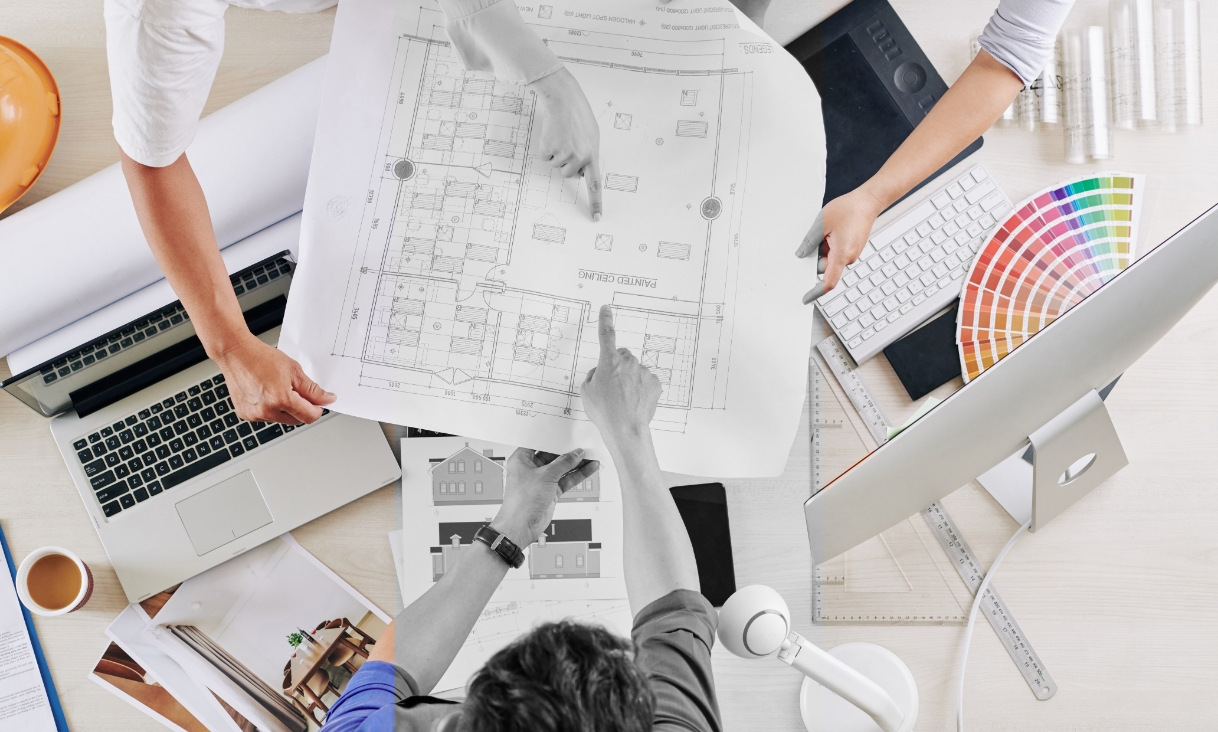
In the fast-evolving world of design, staying relevant means continuously growing your skills and knowledge. Professional development planning empowers designers to set clear goals, map out learning activities, and adapt their growth journey—ensuring they remain effective and competitive in their field.

A great question to ask yourself is 'what problems do I want to solve in the world?'
As new technologies and behavioural insights emerge, designers face growing pressure to expand their skills and knowledge, while improving existing capabilities within their current context.
Improvement is driven by a desire to grow, the importance of relevant skills, and a natural interest to learn. This growth opens more opportunities and fosters a rewarding sense of accomplishment and confidence.
While experience through work and collaboration naturally improves abilities, many designers find themselves in environments lacking the opportunities they need—making self-planning for growth essential.
Having a professional development plan is crucial for accessing relevant opportunities and ensuring ongoing learning, even in supportive environments.

Being better means being able to contribute more meaningfully to complex projects.
Professional development refers to a dedicated learning effort aimed at achieving specific career goals, whether through courses, exercises, or other activities.
The core goal is to convert time and effort into skills and knowledge needed to excel in chosen environments.
Self-planning involves identifying knowledge or skill gaps and creating strategies to fill them, always rooted in clear goal setting.
Plans often evolve as designers gain insights, shift goals, or discover more effective paths to growth.

Self-planning is a lot like thinking about what you need to 'pack' in order to be successful for where you're going.
Due to diverse design disciplines, professional development activities vary widely. Categorizing these helps designers map their growth efficiently.
Common categories include Creation, Conceptual, Studies, Accreditation, and Discussion—each providing unique benefits toward learning and skill acquisition.
Understanding these categories enables designers to better select activities aligned with their goals.

More often than not, professional development involves adding little actions & activities to our daily routines.
Creating designs in real contexts helps designers gain practical experience and optimize processes around their strengths.
Benefits include improved time management, tool proficiency, and discovery of new approaches, though this method lacks external insights from peers or research.
For example, participating in daily design prompts allows gradual improvement in efficiency and technique that benefits professional work later.

Creating helps us develop improvements to our processes, while learning about what we may need to work harder on.
Studying design research and theoretical concepts deepens understanding of how design influences human behaviour and communication.
This approach highlights gaps in knowledge and helps evaluate assumptions but requires applying theory in practical contexts to be truly valuable.
For instance, researching colour perception studies can update a designer’s understanding beyond traditional colour theory.

Design is a fluid understanding of how we communicate as people, making it important to stay informed on what's new & what's changed.
Case studies blend practical and theoretical learning by analyzing real design projects and decisions.
This method helps designers understand applied theory and gain insights into design processes and outcomes, though it requires solid foundational knowledge.
A designer studying ergonomic surgical tool design can learn from the team’s approach and results to prepare for similar roles.

There's a seemingly infinite number of projects out there that are full of unique insights.
Accreditation offers structured learning to gain specific technical skills and qualifications, often required for certain design roles.
It delivers targeted knowledge but limits experiential learning, focusing instead on adherence to proven curricula.
For example, earning an accessibility certification equips a designer with essential role-specific capabilities.

Accreditation provides a very reliable way to communicate one's discipline on becoming better at their craft.
Engaging in discussions allows designers to share insights, challenge assumptions, and learn collaboratively.
This social learning can accelerate understanding but carries the risk of subjective opinions that may not suit every context.
Regular meetups where designers exchange lessons and advice can fuel continuous improvement.

Talking with others gives us the opportunity to share our own ideas, while hearing about the unique insights gained from others.
Effective planning starts with clear goals, followed by choosing relevant learning activities, then reflecting on progress and adjusting as needed.
Each designer’s goals differ, requiring tailored activity choices often simplified by referencing development categories.
Regular reflection improves future plans, helping designers adapt to evolving challenges and learning needs.
Ultimately, professional development is a dynamic journey that enriches skills through varied methods and ongoing self-assessment.

The learning plan is how you'll get 'there', which is bound to change as you gain experience during your journey.
Becoming a “better” designer is subjective, shaped by unique goals and preferences.
Identifying important learning outcomes—whether theoretical knowledge, practical speed, or case references—is key but often unclear until tested.
Recognizing unknown skill gaps and remaining flexible to adapt plans is fundamental to successful professional development.
The biggest mistake is expecting to know exactly what to do upfront; instead, assume a path and reflect often to course-correct.